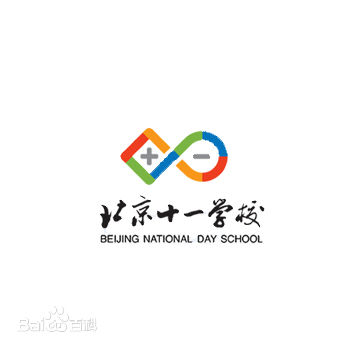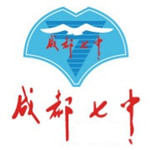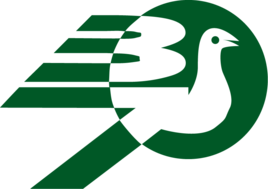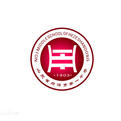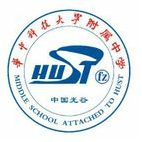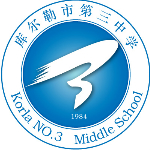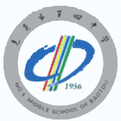Phone Voice Card Terminology
Analog card
For the Calling Identity Delivery (CID) on analog telephone lines, there are two ways for post offices at present, namely DTMF and FSK.
DTMF mode uses DTMF audio transmission before the first ringing, which is characterized by slow transmission speed and no verification.
FSK mode is transmitted between the first and second ringing, which is characterized by fast transmission speed and checking. For FSK mode, if you pick up the phone immediately after the first ring, you will not receive the calling number.
In some cities, some local incoming calls can not be received because some telephone offices do not pass the calling number. In this case, please consult your telephone office.
For DTMF mode, the general telephone office only sends the calling number, while for FSK mode, the general sending date, time and calling number.
Our special analog voice card is compatible with FSK and DTMF.
Digital relay
Digital relay is an E1 interface (also known as a PCM), which is a pair of coaxial cables from SPC switches. The data transmission rate on the cable is 2.048 Mbps, and it can accommodate 32 slots * 64 Kbps of voice data at the same time.
CCITT No.7 signal mode is an international standardized common channel signal system. Its characteristics are as follows:
(1) Digital telecommunication network most suitable for SPC switches
(2) It can satisfy the requirement of information transmission of inter-processor transaction processing in telecommunication networks with call control, remote control, management and maintenance signals in the future and now.
(3) Reliable methods can be provided to enable information to be transmitted in the correct order without loss or duplication.
The traditional voice relay in China uses No. 1 signaling to control the connection. No. 1 signaling belongs to the on-line signaling. The signal (master/called number) is transmitted through the multi-frequency analog signal (MFC) in the voice channel.
Our voice card provides support for China No. 1 signaling, China No. 7 signaling arbitrary time slot signal, and ISDN protocol.
USB
In recent years, USB technology has been widely supported and rapidly popularized in the field of communication because it has the following characteristics:
First, it is easy to use. It can connect many different devices with USB interface and support hot swap. In software, driver and application software designed for USB can start automatically without user intervention. USB device also does not involve IRQ conflict and other issues. It uses its own reserved interrupt to save users the trouble of hardware configuration. USB devices can really “plug and play”.
2. Speed up and fast performance is one of the outstanding features of USB technology. At present, the highest transmission rate of USB interface can reach 12 Mb/s, which is 100 times faster than serial port and 10 times faster than parallel port. In the future, the speed of USB will be increased to over 100 Mb/s.
Third, the connection is flexible, the USB interface supports multiple serial connections of different devices, a USB port can theoretically connect 127 USB devices. The connection method is also very flexible. It can use either serial connection or Hub to connect multiple devices together, and then connect with the USB port of PC. In the USB mode, all peripherals are connected outside the chassis without opening the chassis; the peripherals are allowed to be hot-plugged without shutting down the mainframe power supply. USB uses a “cascade” mode, that is, each USB device is connected to a peripheral USB socket with a USB plug, and it itself provides a USB socket for the next USB peripheral connection. Through this chrysanthemum-like chain connection, a USB controller can connect up to 127 peripherals, and the distance between each peripheral (cable length) can be up to 5 meters. USB also intelligently identifies the access or disassembly of peripheral devices on the USB chain.
4. Independent power supply. Common devices using serial and parallel ports need a separate power supply system, while USB devices do not need it, because the USB interface provides built-in power supply. USB power supply can provide 5V power to low-voltage devices, so new devices do not need special AC power supply, which reduces the cost of these devices and improves the cost-effectiveness.
5. Supporting multimedia. USB provides two-way data support for telephone. USB supports asynchronous and isochronous data transmission, which enables telephone to integrate with PC and share voice mail and other features. USB also has high fidelity audio. Because USB audio information is generated outside the computer, it reduces the chances of electronic noise interfering with sound quality, thus making the audio system more fidelity.
Our company is the first in the same industry to integrate CTI voice card with USB technology to develop and produce a new series of products – TELEWIND “U” series voice card.
Soft Conference
The conference function is realized by using DSP digital signal processing technology.
Soft fax
Fax function realized by DSP digital signal processing technology.
Signaling gateway
Basic concepts of signaling
Signalling is an operation command that controls the operation of a switch. In telecommunication systems, signaling is similar to network protocols in computer network systems. The following table is an analogy between them:
Protocol of Computer Network System and Signaling of Telecommunication System
Computer network software system, information transmission, telecommunication software system, information transmission
Consistent with OSI Reference Model and OSI Reference Model
Multiple protocols can coexist in the network. Multiple signaling can coexist in the system.
Inter-network protocol and inter-network-user protocol, inter-office signaling and inter-office-user signaling
Classification of signaling
According to the channel of signaling, signaling can be divided into two categories: on-line signaling and public channel signaling.
The on-line signaling is a signaling mode in which signaling and voice are transmitted in the same voice channel. China No. 1 signaling belongs to this kind of signaling.
Common Channel Signaling (CCS) is a kind of signaling that transmits a group of voice signals on a high-speed data link in a time-sharing manner. It is generally used in the communication network composed of SPC switching units, and it is usually used between bureaus. Signaling No. 7 belongs to this kind of signaling.
Brief Introduction of Subscriber Line Signaling, No.1 Signaling and No.7 Signaling
The subscriber line signaling includes the following contents:
1. Take off and hang up (relying on level recognition)
2. Dual-tone multi-frequency or pulse keys
3. Dial tone, ringback tone, busy tone, blocking tone
4. bell flow
5. beat fork spring
6. Call Line Recognition
China No. 1 signalling
1. Inter-office signaling
2. belong to on-line signaling
3. Exchange efficiency is relatively high
4. Not suitable for large-scale switching networks (cost, connection efficiency, signaling capacity)
ss7
1. Inter-office signaling
2. Common signaling
3. High switching efficiency
4. Currently, the first choice for large-scale switching networks (cost, connection efficiency, signaling capacity)
Digital Signaling 1 (DSS1, ISDN PRI)
1. belong to bureau-user signaling
2. Common signaling
3. High switching efficiency
4. Suitable for enterprise users (simple maintenance, high efficiency)
General process of signaling
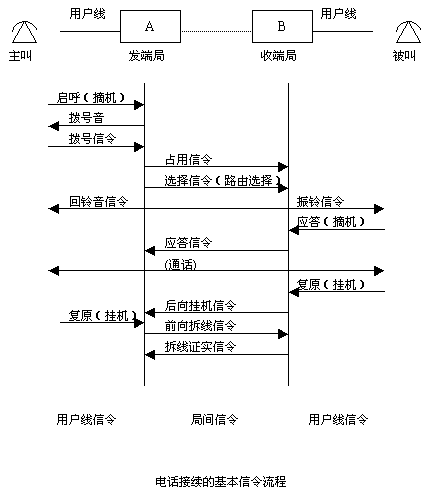
Signaling Gateway No.7 TWSS7
As a new generation of signaling system, signaling system No. 7 has many advantages, such as high channel utilization, fast signaling transmission, large signaling capacity and support for various new services. With the full construction and application of SS7 network, the signaling requirements for various telecommunication value-added service platforms connected to public telephone network by telecommunications departments have gradually transited from the original SS1 of China to SS7. In order to upgrade, enhance the existing business and cooperate with the development of new business, we have developed Telewind No. 7 signaling gateway products, providing users with fast and large-capacity signaling access mode, and providing TUP, ISUP user module and MTP3 interface, which can be widely used in customer service center, intelligent network applications, IP telephone and other telecommunications business platform construction.
Telewind No. 7 signaling gateway adopts modular and scalable design. The user module and the signaling network management are independent. It can dynamically increase the user module and the signaling gateway without stopping the service to ensure the uninterrupted operation.


